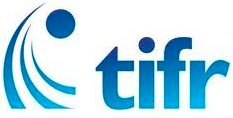Exploring mysterious Type IIn supernovae
|
|
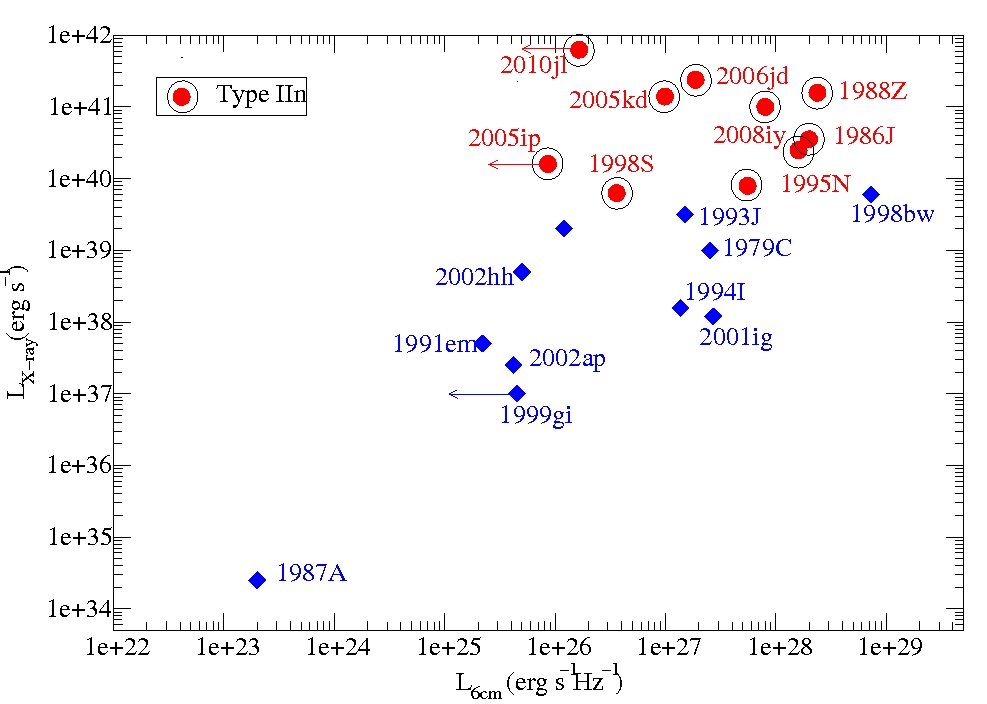
|
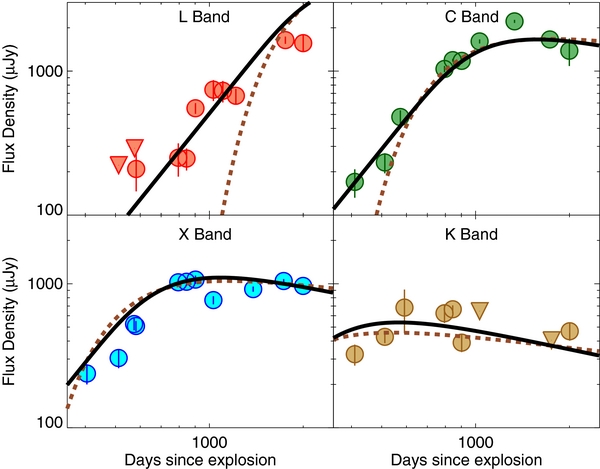
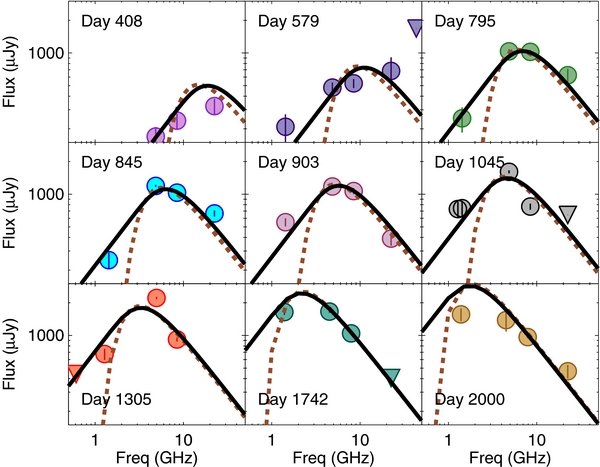
|
Multiwavelength observations are crucial to understand the diversity in this class of supernovae. Radio studies provide diagnostics of the CSM. At the same time X-ray studies determine the shock temperature and also provide unique constraints on the ejecta structure. Thus radio and X-ray bands combined together constrain the past evolution of the progenitor star's mass loss in the stellar wind. Optical emission from these supernovae is likely to be from circumstellar interaction. An IR excess, which is probably due to thermal emission from hot dust, may reveal the extended CS dust surrounding SNe. Hence, understanding the SNe IIn phenomenon requires a complex observational study of their optical, infrared, X-ray and radio emission, and modeling of the emission characteristics in terms of physical models that include ejecta and CSM properties (density, extension, clumpiness, asymmetry). We have carried out a campaign to understand these supernovae in radio and X-ray bands. So far, we have observed around 50 Type IIn supernovae with the VLA and detected only 4, which are SN 2005kd, SN 2006jd, SN 2008iy, SN 2009ip and SN 2010jl. We have studied suitable candidates with the Chandra, XMM-Newton telescopes and Swift-XRT in X-ray bands. The X-ray detected supernovae in these campaign are SN 2006jd, SN 2009ip and SN 2010jl. All these supernovae have provided us a wealth of observations. In SN 2006jd, the radio absorption have been explained by cool gas mixed in the forward shock. In SN 2010jl, we have wtinessed the evolution of the circumstellar column density for the first time. This is an ongoing campaign and more studies are underway. |
Click in boxes below to see some highlights of our research work.
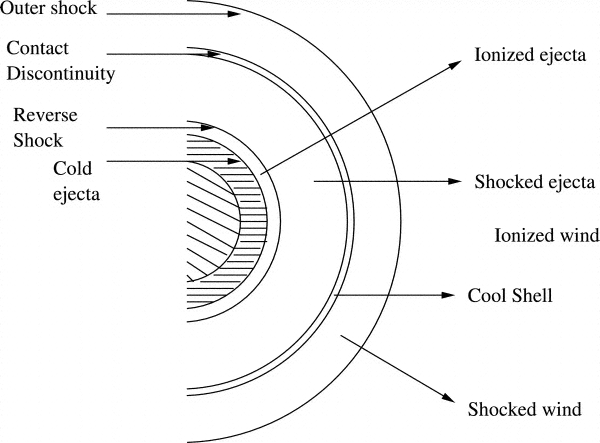
Type IIn supernovae are the most mysterious class of supernovae. Their progenitor stars are a big mystery....
Detail
While reverse shocks are seen in one every 24 optical afterglows of gamma ray bursts, they are much more prevalent in radio afterglows...
Detail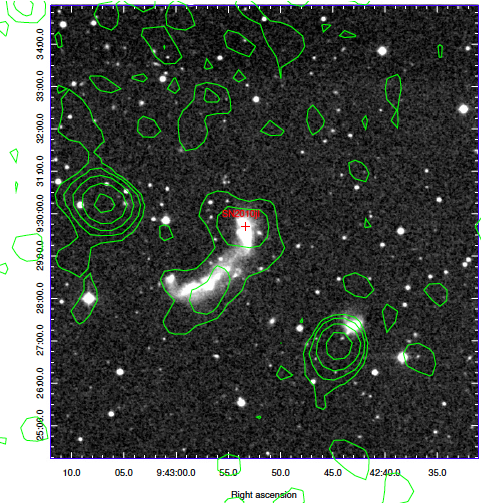
SN 2010jl have revealed a spectacular evolution of the column density from X-ray observations....
Detail
We have studied a catalog of radio afterglow observations of GRBs over a 14 year period from 1997 to 2011...
Detail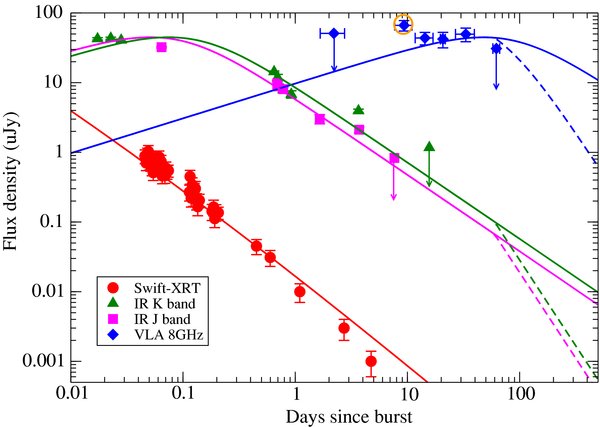
Radio detection of a redshift 8.3 GRB 090423 have revealed the environments of the Universe at such high redshift epochs...
Detail
Inverse Compton scattering can solve the famous mystery of lack of achromatic jet breaks in a subsample of Swift bursts....
Detail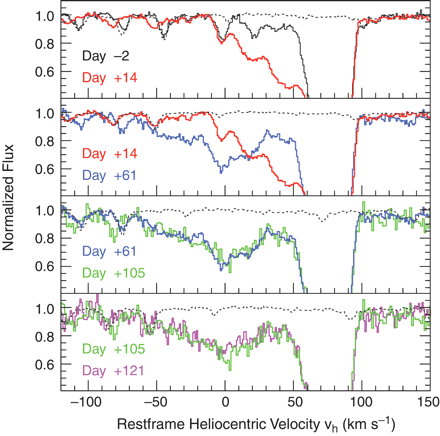
First time spectroscopic evidence of circumstellar matter has been seen in a thermonuclear supernova...
Detail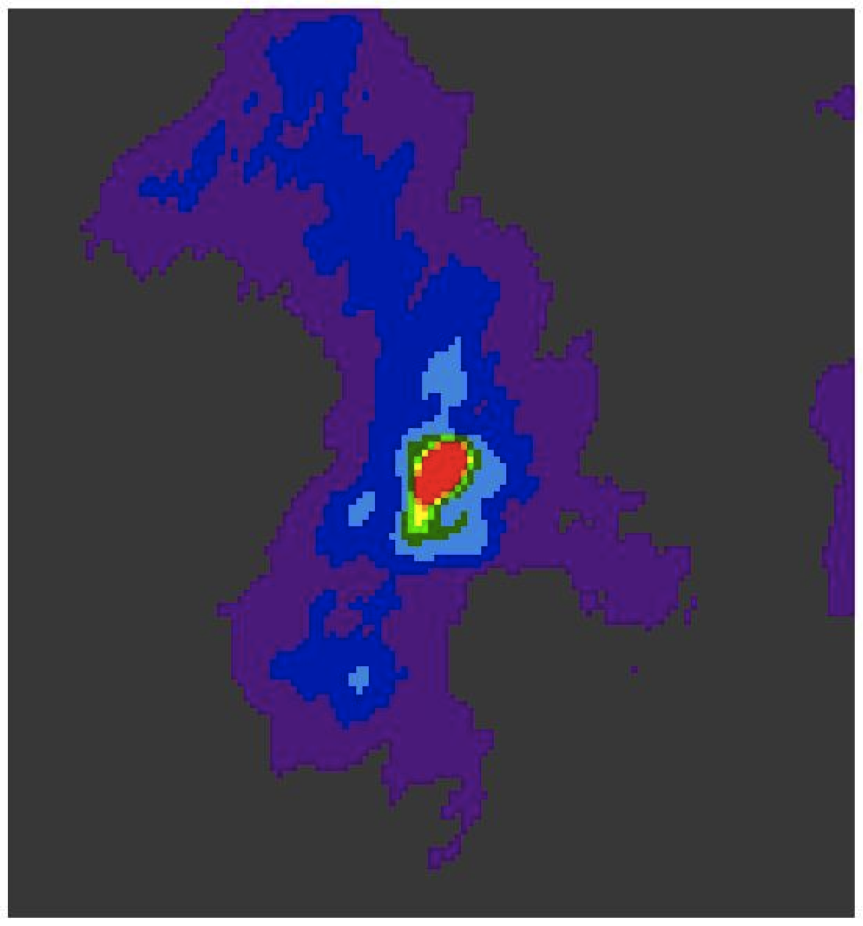
Lowest frequency radio emission at 125 cm has been seen in this most violent Galactic explosion .....
Detail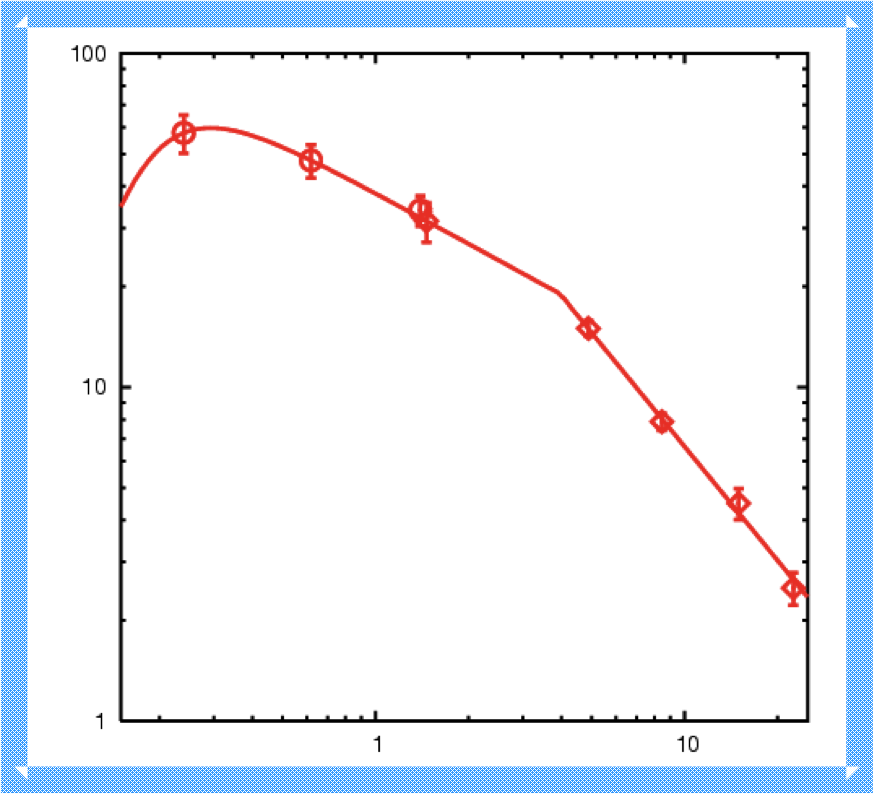
First time direct signature of synchrotron aging was seen in VLA and GMRT observations of SN 1993J.
Detail
